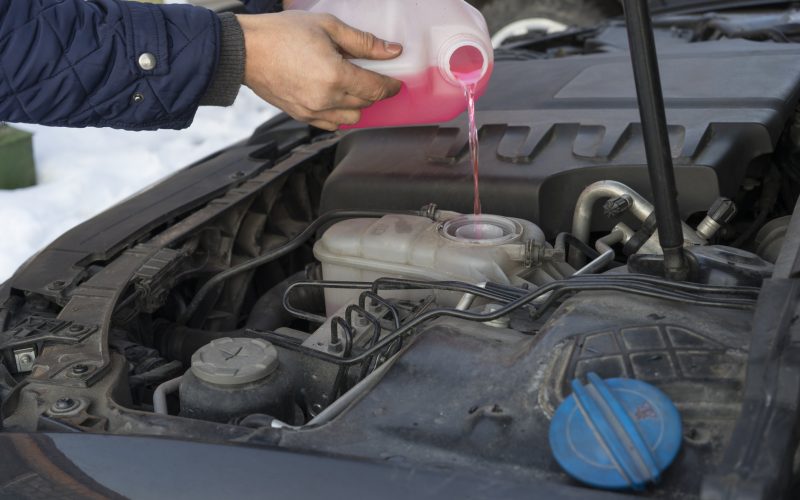How Coolant for Your Car Actually Works
Ever wondered how coolant works?
Sure, you use it for your car. But what is it and how does it work?
Coolant is a mix of antifreeze, additives, and water. It keeps your engine from overheating and your car from breaking down.
This article is a complete guide on how coolant keeps the engine of your car functioning optimally.
What Is Coolant Made Of?
Coolant is 90% ethylene glycol. It’s also in dog and cat food, soft drinks, frosting, and is famous for being in Fireball Whiskey!
It also has 10% additives. These additives are corrosion inhibitors, PH modifiers, scale inhibitors, buffers, dyes, defoamers, and bittering agents.
This ratio of ethylene glycol to additives has been the industry standard for 70 years.
What Coolant Is Responsible for and Why Your Car Needs It
If gas is your car’s food, then coolant is its water.
The heat energy generated by burning gas is in your car is between 19-20,000 BTUs per gallon,
You essentially need coolant so your engine doesn’t overheat and your car breaks down.
It also prevents the water from freezing and boiling from the extreme temperatures.
(Fun fact: ethylene glycol, coolant’s main ingredient, is used in ice cream to keep it creamy and prevent it from getting icy. In a sense, that’s how the ethylene glycol acts in a car too.)
We mentioned this in the beginning, but here’s is specifically why your car needs it…
Your car burns fuel in order to drive.
One-third of the energy that the engine uses is actually responsible for that.
Another third dissipates as exhaust heat.
The coolant removes the other third so your engine doesn’t overheat.
Dilution Guidelines
Coolant needs to be diluted with water for it to effectively work in your car.
The age-old standard ratio is 50% water to 50% coolant. (It protects the coolant system and radiator up to -34 degrees Fahrenheit.)
You can still do this, however, now there are other mixtures you can use.
In colder regions, for instance, you may actually only need 40% coolant and 60% water.
The top coolant level you can use is 70% coolant mixed with 30% water. It protects the coolant system and radiator up to -84 degrees Fahrenheit, which is a broader range than the standard coolant mix provides.
Nonetheless, if you’re unsure what coolant to water mixture to use and your owner’s manual and original equipment manufacturer (OEM) doesn’t specify, the standard mix is the safest bet.
Silicate Free Coolant
One of the additives in the coolant is the corrosion inhibitor, silicate.
Silicate works great with aluminum, which most engines and cooling systems are made of.
What’s interesting is that the use of silicate free coolant and silicate-containing coolant tends to depend on the country you’re in. Europe’s OEMs use silicate-containing coolants, while in Asia — specifically Japan — OEMs use silicate-free coolant.
Location aside, new cars in the market are using a new class of inhibitors known as organic acids. These are only used in aluminum radiators.
It’s not recommended to switch over to this type of inhibitor if you have an older car, even if it has an aluminum radiator!
So, that’s all you need to know about how car coolants actually work.
Hopefully, this post broadened your knowledge about coolants.


